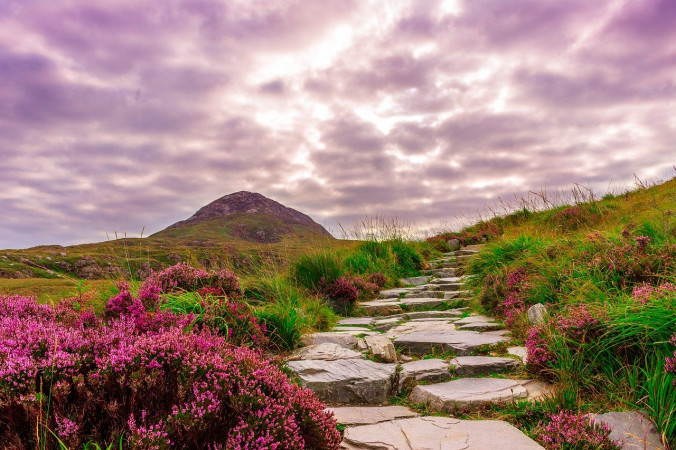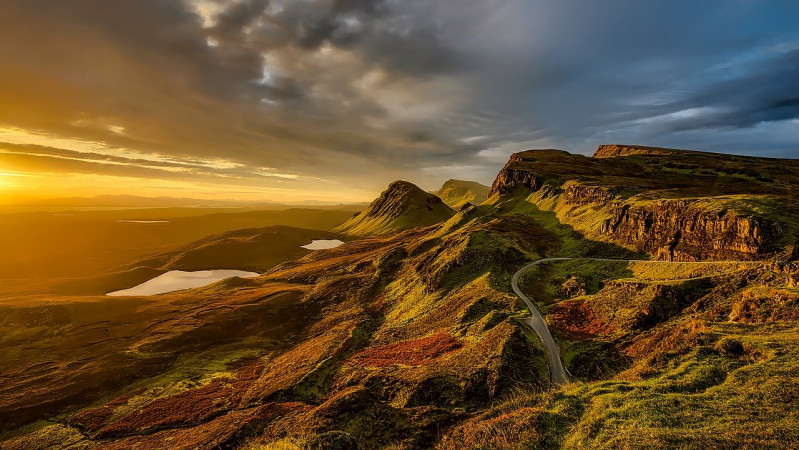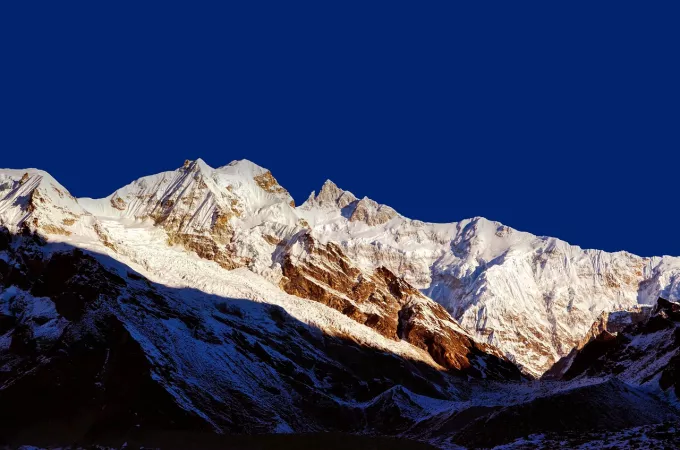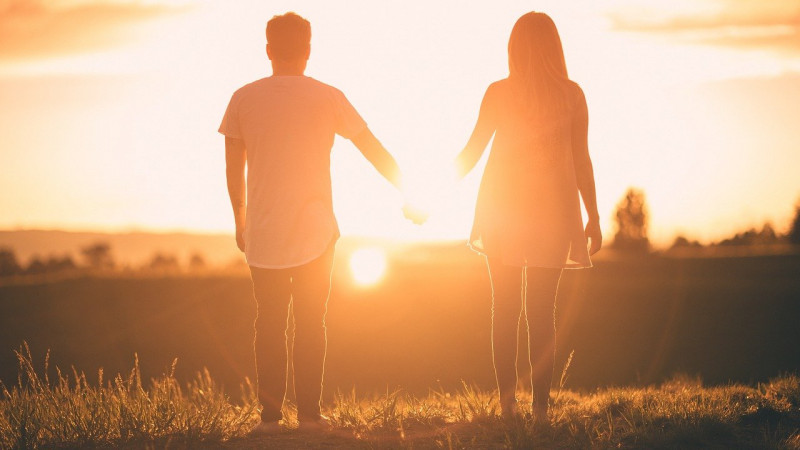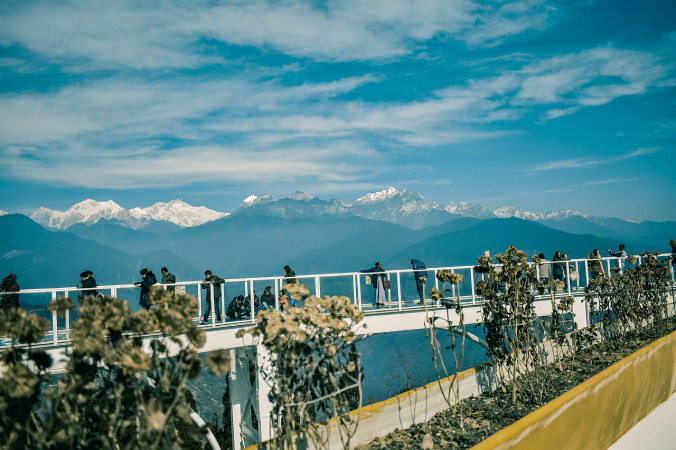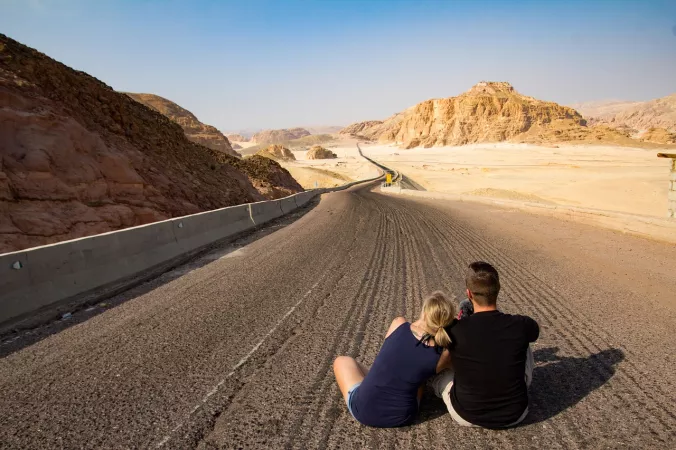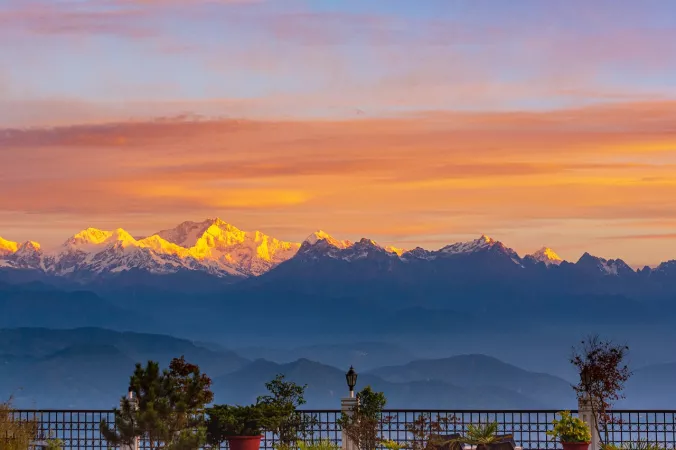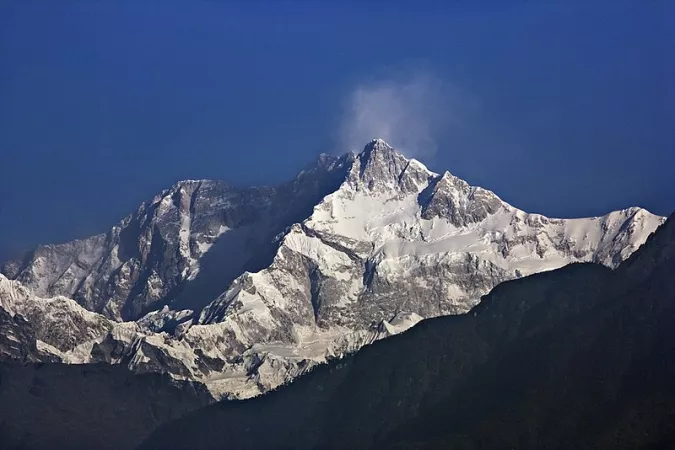22 Top Kanchenjunga Tour Packages
About Kanchenjunga
Kanchenjunga Travel Guide
Kanchenjunga, located in the eastern part of the Himalayas, is the third highest mountain in the world. This region is rich in biodiversity, with stunning landscapes, diverse cultures, and a deep historical significance. Kanchenjunga is famous for its challenging trekking routes, offering adventurers a chance to explore remote areas and witness breathtaking views.Top Attractions in Kanchenjunga
- Kanchenjunga Base Camp Trek
- Yambong Singalila Trek
- Pelling Skywalk
- Khecheopalri Lake
- Dubdi Monastery
Kanchenjunga is Famous for
Its challenging trekking routes and stunning natural beauty.Top Attractions in Kanchenjunga
- Explore the Kanchenjunga National Park
- Visit the ancient monasteries
- Witness the majestic Kanchenjunga peak
- Experience the local culture and traditions
- Enjoy panoramic views of the Himalayas
What's Great about Travelling to Kanchenjunga?
- Adventure enthusiasts looking for a challenging trek
- Nature lovers seeking pristine landscapes
- Culture enthusiasts interested in local traditions
What's Not So Great about Travelling to Kanchenjunga?
- Not suitable for travelers with mobility issues
- Limited infrastructure in remote areas
- Weather conditions can be harsh at high altitudes
Travel Tips for Kanchenjunga
- Obtain necessary permits for trekking in advance
- Pack appropriate gear for varying weather conditions
- Acclimatize properly to avoid altitude sickness
Important Kanchenjunga trip information
- Ideal Duration: 2-3 weeks for trekking and exploration
- Best Time to Visit: Spring (March to May) and Autumn (September to November)
- Nearby Airports and Railway Stations: The nearest airport is Bagdogra Airport and the nearest railway station is New Jalpaiguri Railway Station
ReadMore
| Packages | Price | Duration | Destinations | Quotes |
|---|---|---|---|---|
| A Romentic Kanchenjunga Tour 3N 4D-copy | ₹ (INR) 16790 | 14 Nights / 15 Days | Kanchenjunga | Get Quotes > |
| Unforgettable Tour-Kanchenjunga 3N 4D-copy | ₹ (INR) 16790 | 6 Nights / 7 Days | Kanchenjunga | Get Quotes > |
| Enjoyable Family Kanchenjunga Tour 2N 3D | ₹ (INR) 15000 | 2 Nights / 3 Days | Kanchenjunga | Get Quotes > |
| A Luxury Kanchenjunga Tour Package 3N 4D | ₹ (INR) 21260 | 3 Nights / 4 Days | Kanchenjunga | Get Quotes > |
| Awesome Kanchenjunga Tour 3N/4D | ₹ (INR) 18600 | 3 Nights / 4 Days | Kanchenjunga | Get Quotes > |
Tripclap connects you with top travel agents
Compare Custom Quotes and get the best package deal
- Trusted Network Of 8000+ Agents.
- Book everything together, including stay & transport.
- Compare agent profiles & verified reviews
How It Works?
Compare Custom Quotes from Top Travel Agents.
- Tell us about your trip.
- Get Custom quotes from top agents.
- Choose the package you like
Price Per Person ₹ (INR) 16,790
Price Per Person ₹ (INR) 16,790
Enjoyable Family Kanchenjunga Tour 2N 3D
2 Nights / 3 Days
Destinations : Kanchenjunga
Kanchenjunga Tour Package by
YATRACO
3.7 Ratings ( 5 reviews ) ![Verified]() Verified
Verified ![premium]() Premium
Premium ![trustseal]() Trustseal Verified
Trustseal Verified ![certified partner]() Certified Top Partner
Certified Top Partner
Price Per Person ₹ (INR) 15,000
A Luxury Kanchenjunga Tour Package 3N 4D
3 Nights / 4 Days
Destinations : Kanchenjunga
Kanchenjunga Tour Package by
YATRACO
3.7 Ratings ( 5 reviews ) ![Verified]() Verified
Verified ![premium]() Premium
Premium ![trustseal]() Trustseal Verified
Trustseal Verified ![certified partner]() Certified Top Partner
Certified Top Partner
Price Per Person ₹ (INR) 21,260
Price Per Person ₹ (INR) 18,600
A Romentic Kanchenjunga Tour 3N 4D
3 Nights / 4 Days
Destinations : Kanchenjunga
Kanchenjunga Tour Package by
YATRACO
3.7 Ratings ( 5 reviews ) ![Verified]() Verified
Verified ![premium]() Premium
Premium ![trustseal]() Trustseal Verified
Trustseal Verified ![certified partner]() Certified Top Partner
Certified Top Partner
Price Per Person ₹ (INR) 19,000
Its Time To Spend with family-Pelling tour Package 4N 5D
8 Nights / 9 Days
Destinations : Kanchenjunga, Pelling
Kanchenjunga Tour Package by
YATRACO
3.7 Ratings ( 5 reviews ) ![Verified]() Verified
Verified ![premium]() Premium
Premium ![trustseal]() Trustseal Verified
Trustseal Verified ![certified partner]() Certified Top Partner
Certified Top Partner
Price Per Person ₹ (INR) 26,000
Price Per Person ₹ (INR) 15,500
Price Per Person ₹ (INR) 8,000
Price Per Person ₹ (INR) 18,000
Price Per Person ₹ (INR) 14,500
Price For 2 Persons ₹ (INR) 9,709
Fabulous Kanchenjunga Tour 3N 4D
3 Nights / 4 Days
Destinations : Kanchenjunga
Kanchenjunga Tour Package by
Tripclap
Price Per Person ₹ (INR) 20,680
A Luxury Kanchenjunga Tour Package 3N 4D
3 Nights / 4 Days
Destinations : Kanchenjunga
Kanchenjunga Tour Package by
Tripclap
Price Per Person ₹ (INR) 21,650
Price Per Person ₹ (INR) 22,000
Price Per Person ₹ (INR) 14,790
Price Per Person ₹ (INR) 19,000
Enjoyable Family Kanchenjunga Tour 2N 3D
2 Nights / 3 Days
Destinations : Kanchenjunga
Kanchenjunga Tour Package by
Tripclap
Price Per Person ₹ (INR) 15,980
Price Per Person ₹ (INR) 16,790
Price Per Person ₹ (INR) 14,000
Price Per Person ₹ (INR) 19,700
A Romentic Kanchenjunga Tour 3N 4D
3 Nights / 4 Days
Destinations : Kanchenjunga
Kanchenjunga Tour Package by
Tripclap
Price Per Person ₹ (INR) 16,790
FAQ's on Kanchenjunga
1. Q1: What is the best time to visit Kanchenjunga?
The best time to visit Kanchenjunga is during the spring (March to May) and autumn (September to November) seasons. The weather is pleasant with clear skies, making it ideal for trekking and mountaineering. These months also coincide with various festivals and events in the region, providing a cultural experience alongside the natural beauty.
2. Q2: Do I need a visa to travel to Kanchenjunga?
Travelers to Kanchenjunga typically require a visa to enter the country. Visa requirements may vary based on your nationality, so it is essential to check with the nearest embassy or consulate. Some nationalities may be eligible for visa on arrival or visa-free entry for a limited period. It is advisable to ensure you have the necessary travel documents before your trip.
3. Q3: What are the must-visit attractions in Kanchenjunga?
Kanchenjunga offers a range of must-visit attractions, including the Kanchenjunga National Park, Yalung Glacier, Ghunsa Village, and the Kanchenjunga Base Camp. The region is known for its stunning mountain views, diverse flora and fauna, and unique cultural experiences with local communities.
4. Q4: Is Kanchenjunga a safe place to travel?
Kanchenjunga is generally considered safe for travelers, but it is essential to be cautious, especially in remote areas and during trekking expeditions. It is advisable to travel with a reputable guide or tour operator, follow local guidelines, and be aware of any potential risks such as altitude sickness or natural hazards.
5. Q5: What is the local currency in Kanchenjunga and can I use credit cards?
The local currency in Kanchenjunga is the Nepalese Rupee (NPR). While credit cards are accepted in some urban areas and larger establishments, it is recommended to carry cash for transactions in more remote locations. ATMs are available in major towns, but it is advisable to carry sufficient cash for smaller purchases.
6. Q6: What is the local cuisine like in Kanchenjunga?
The local cuisine in Kanchenjunga reflects a mix of Tibetan, Nepalese, and Indian influences. Popular dishes include momos (dumplings), thukpa (noodle soup), dal bhat (lentils and rice), and yak-based products. Vegetarian and non-vegetarian options are available, catering to diverse dietary preferences.
7. Q7: What transportation options are available in Kanchenjunga?
Transportation options in Kanchenjunga include buses, jeeps, and private vehicles for intercity travel. For exploring remote areas and trekking routes, hiring a local guide or porter is recommended. Domestic flights are available to major cities like Kathmandu for convenient access to the region.
8. Q8: Are there any cultural norms or etiquette I should be aware of when visiting Kanchenjunga?
When visiting Kanchenjunga, it is essential to respect local customs and traditions. Remove your shoes before entering homes or religious sites, dress modestly, and ask for permission before taking photographs of people. Greeting with a "Namaste" and showing respect to elders are appreciated gestures in the local culture.
